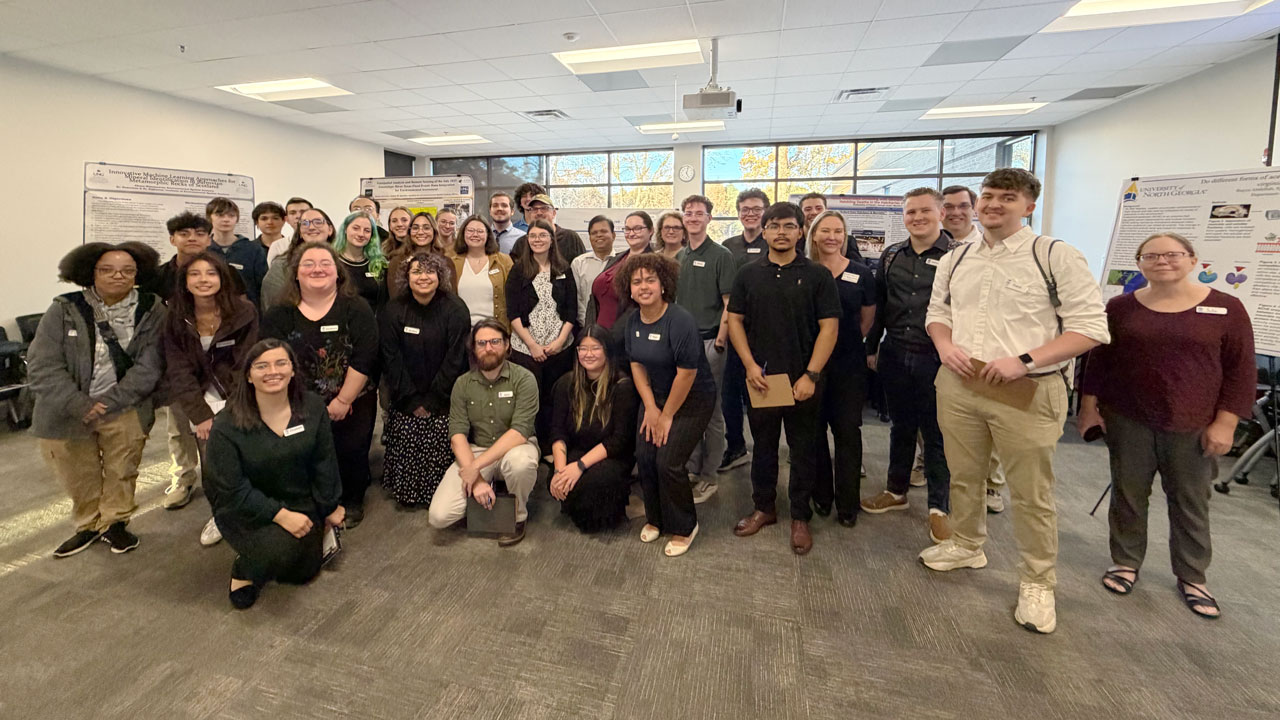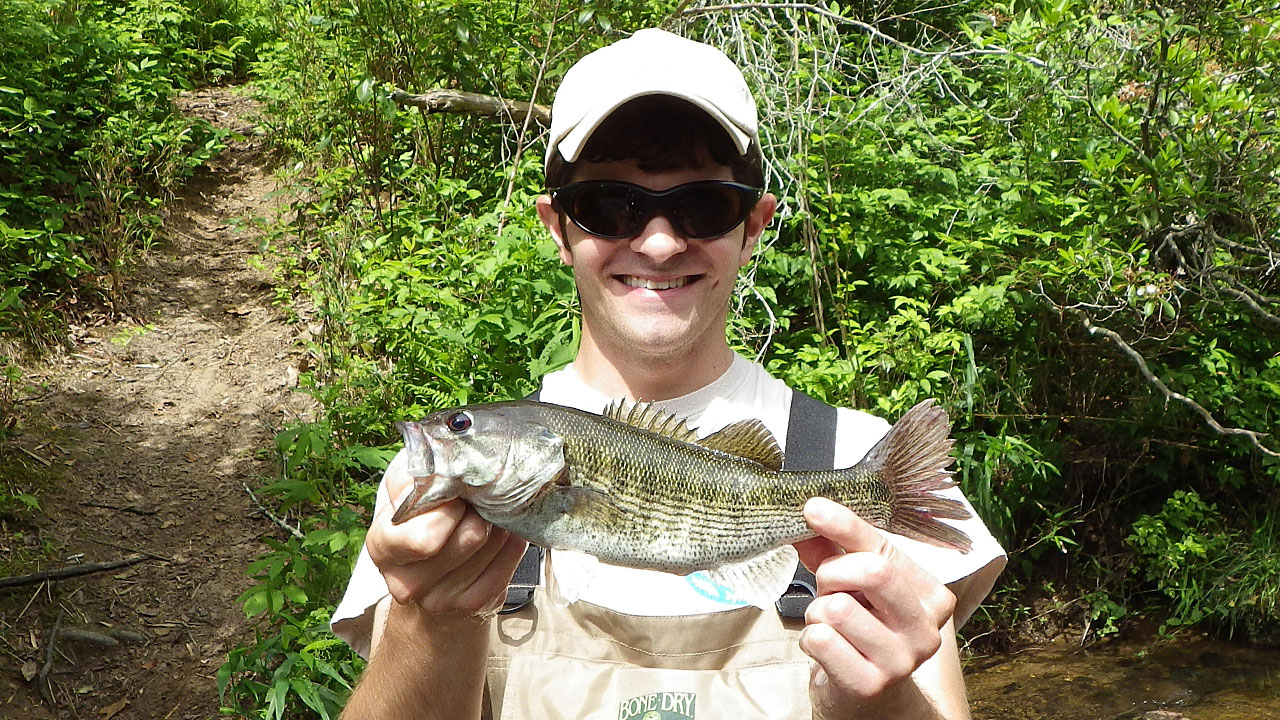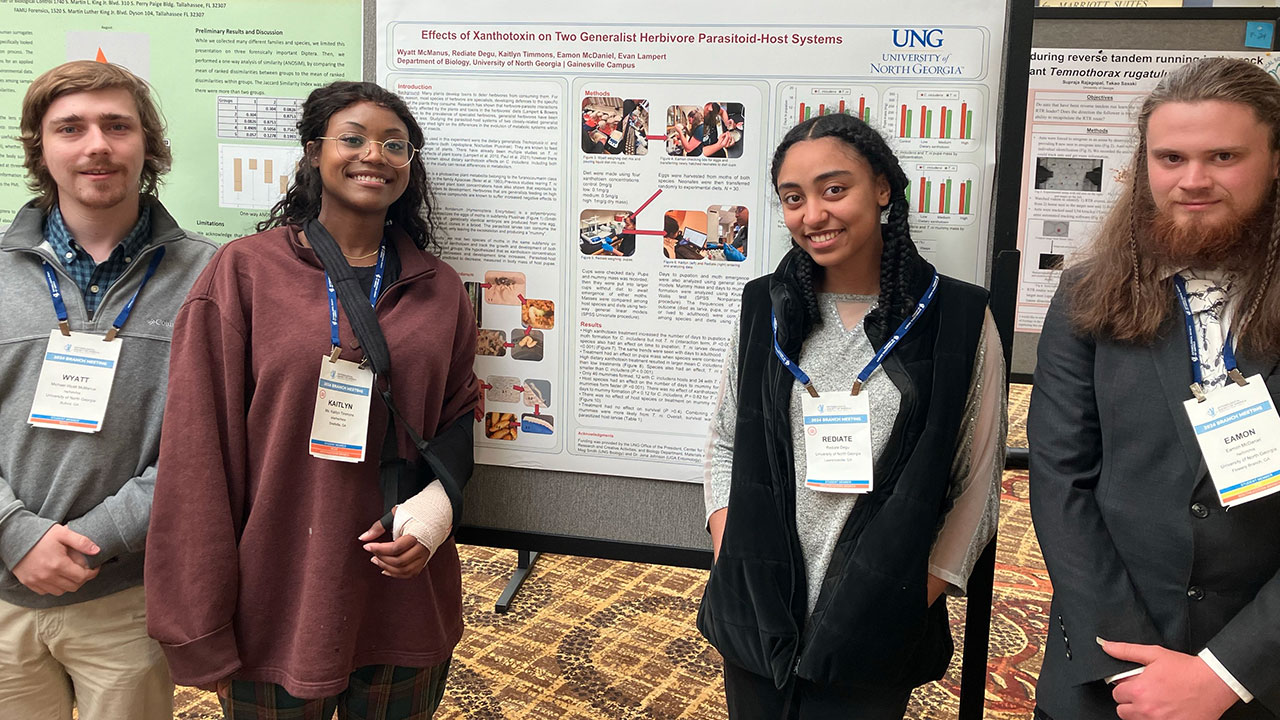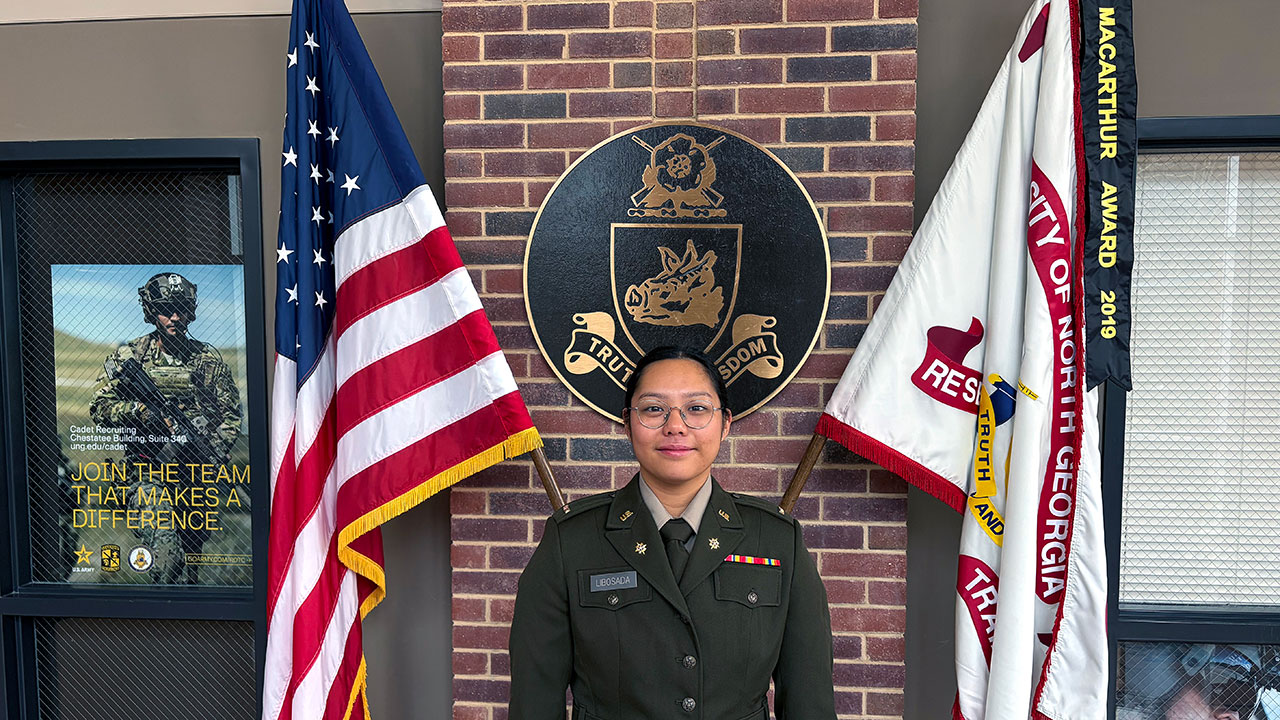New science activities boost teachers' engagement

While many conferences switched to a virtual venue during the COVID-19 pandemic, organizers of the Experiential Learning and Inquiry for Physical Science Educators (ELIPSE) opted to reschedule their winter hands-on event to the summer at the University of North Georgia (UNG).
"Many people felt that they don't get as much out of a virtual event," Dr. Amanda Moffett, assistant professor of physics and astronomy at UNG, said. "And during ELIPSE participants are not only learning but networking with fellow educators."
Postponing the ELIPSE conference worked. More than 30 kindergarten through 12th-grade teachers attended the June 12 event. About a dozen sessions spread across seven hours featured topics such as NASA's James Webb Space Telescope, climate change lessons and activities, the use of catapults to teach engineering, and best practices to transition from a hybrid format to face-to-face lessons.
"They don't have to go online to find lessons and activities," Moffett said. "In this setting, teachers get ideas from experts in a scientific field or straight from the horse's mouth."
As a presenter, Moffett shared information on the Zooniverse Classrooms toolkit in her morning session. She said the tools can help middle and high school students learn about astronomy by participating in a research project known as Galaxy Zoo.
"During the workshops, we presented sample lessons that teachers can take back to their own classrooms, adapt them to their students' skill level and easily implement them," Moffett said.
Valuable skills and lessons
UNG pre-service teachers and current professionals were not the only ones learning at the conference. Many higher education professionals and presenters picked up a new trick or two. Moffett said a session from a previous year with the nursery rhyme character "Humpty Dumpty" and paper airplanes made her realize the benefit of storytelling.
"In the session, children's literature was used to engage students in trouble-shooting and engineering problem-solving. Then we designed and tested paper airplanes," she said.
Moffett said she introduced a similar tactic in her introductory astronomy course. Now, she talks about how the Polynesians used the night sky to navigate and how they named the different constellations.
"My students got really interested in the storytelling aspect, as well as astronomy," she said.
Using various methods to attract students to the sciences is the purpose of the ELIPSE conference. The bonus is expanding teachers' education.
"It's an extra enrichment day for K-12 teachers that comes from Ph.D.s and other specialists," Moffett said.



